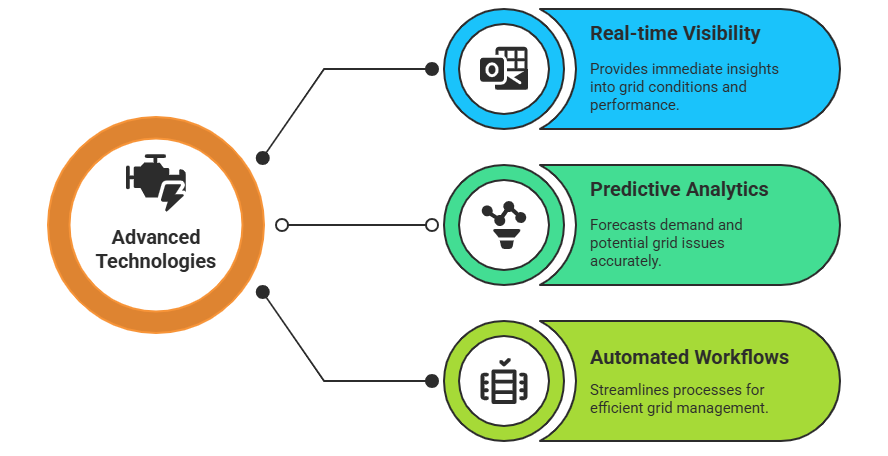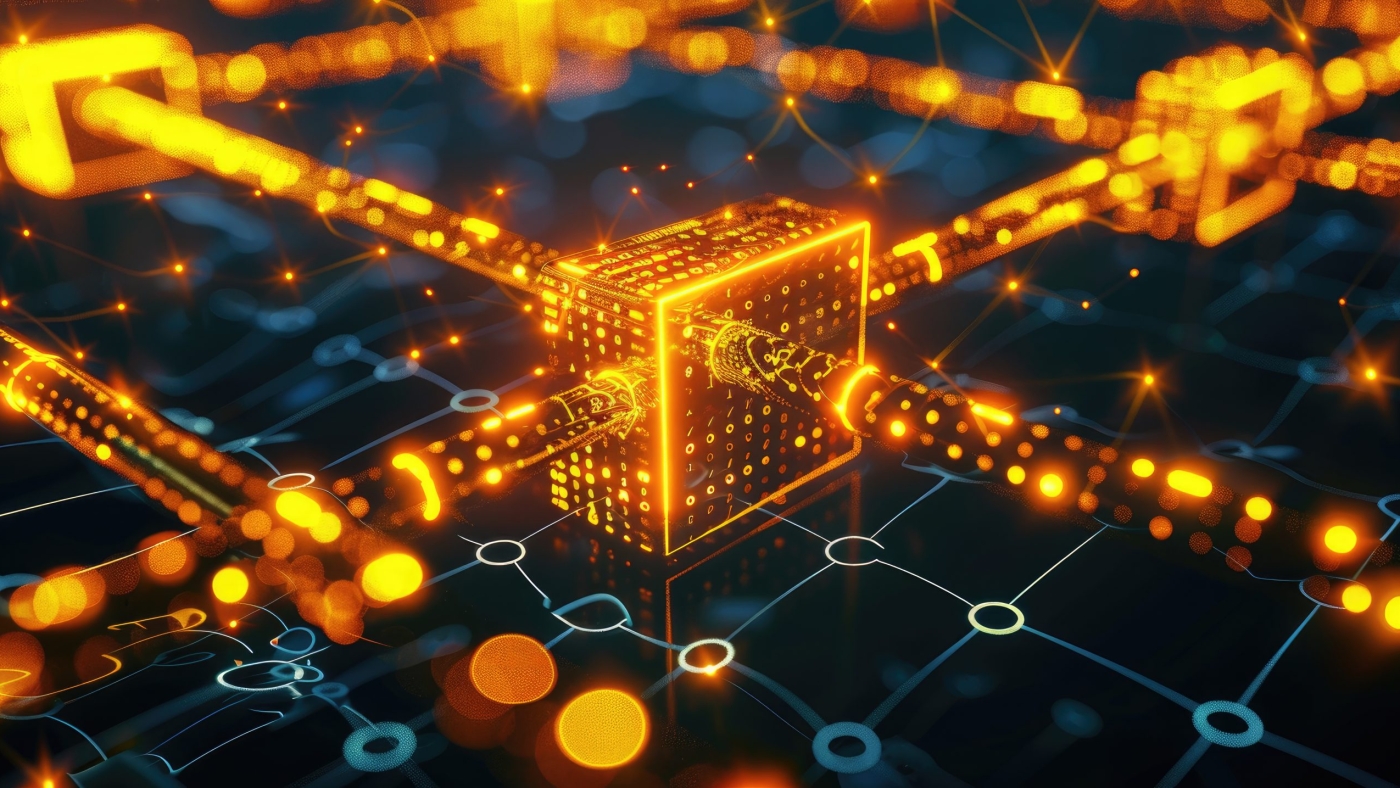In today’s evolving energy landscape, utilities face increasing pressure to maintain grid stability amid rising demand, extreme weather events, and the rapid integration of renewables. One of the most effective tools to meet these challenges is AI-powered demand response (DR)—a technology that empowers utilities to manage energy consumption dynamically while enhancing reliability and resilience.
What Is AI-Powered Demand Response?
Demand response refers to adjustments in energy usage by end-users during peak demand periods, prompted by signals from the utility. When combined with artificial intelligence and data analytics, demand response becomes smarter, faster, and more scalable..

Why Grid Reliability Needs Modern Solutions
Grid reliability is critical to economic continuity and public safety. Yet, the growing complexity of modern grids, including distributed energy resources and electrification—makes stability more difficult to maintain. Without intelligent demand-side management, utilities risk overloads, outages, and reduced service quality.
AI-powered DR is a proactive, scalable solution that uses predictive models and real-time analytics to reduce stress on the grid precisely when it matters most.
How AI-Powered DR Works
With the help of smart meters, consumption analytics, and automated controls, AI-powered DR systems detect load surges and respond by optimizing energy usage. These systems help utilities engage customers, send real-time alerts, and adjust energy consumption patterns with minimal human intervention.
At 360S2G, the ECM360 platform plays a central role in enabling conservation and demand response. It helps utilities monitor energy usage trends, automate conservation messaging, and configure demand response participation based on customizable parameters. Learn more about ECM360 here
Key Benefits of AI-Powered Demand Response
- Stronger Grid Resilience: Real-time visibility and automation help reduce load stress during peak events, improving service continuity.
- Lower Operational Costs: By avoiding peak energy purchases and reducing the need for infrastructure expansion, utilities can reduce long-term costs.
- Customer Engagement: Timely conservation alerts and clear communication through platforms like ECM360 help end-users participate in energy savings.
- Support for Renewable Integration: Demand response smooths out variability from solar and wind, creating a more adaptable and sustainable grid.

360S2G’s Role in Demand Response Modernization
360S2G offers more than software—it delivers strategic energy transformation support. Through Energy Utility Consulting, the company helps utilities assess infrastructure gaps, implement DR strategies, and align with regulatory requirements.
What sets 360S2G apart is its focus on integrated solutions. For example, its API Integration capabilities allow utilities to connect conservation, billing, outage, and DR systems—creating a seamless data and action ecosystem.
In addition, their Automation solutions support event-based actions, workflow automation, and operational efficiency, helping utilities scale their DR programs more effectively.
Demand Response in a Real-World Utility Context
Utilities using ECM360 can identify peak periods using consumption data, send real-time conservation alerts, and manage response events through a user-friendly interface. While some systems involve device-level automation (such as HVAC or EV chargers), 360S2G focuses on data-driven event coordination, enabling utilities to inform and empower customers without overcomplicating deployment.
As DR grows more sophisticated, integration with automation tools and analytics becomes essential—something 360S2G prioritizes across its platform suite.
Looking Ahead: Building Smarter, Safer Grids
As electricity usage continues to grow, demand response will be essential to protecting the grid. AI enables smarter decisions and faster responses, while platforms like ECM360 and automation frameworks help utilities deploy DR at scale without compromising customer experience. By embracing technologies that support real-time visibility, predictive analytics, and automated workflows, utilities can modernize operations and reduce risks—ensuring that the grid remains reliable under even the most challenging conditions.

Request A Demo


Add a Comment